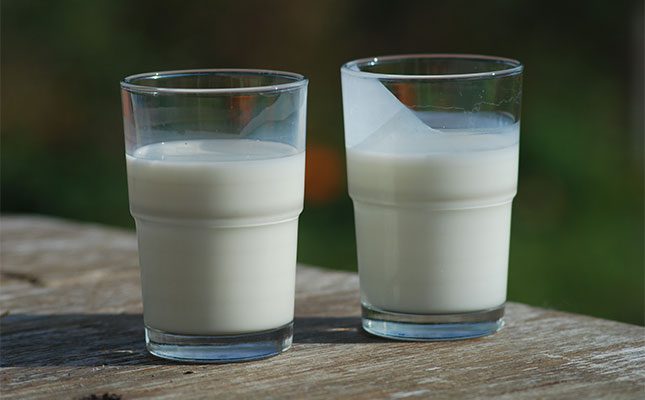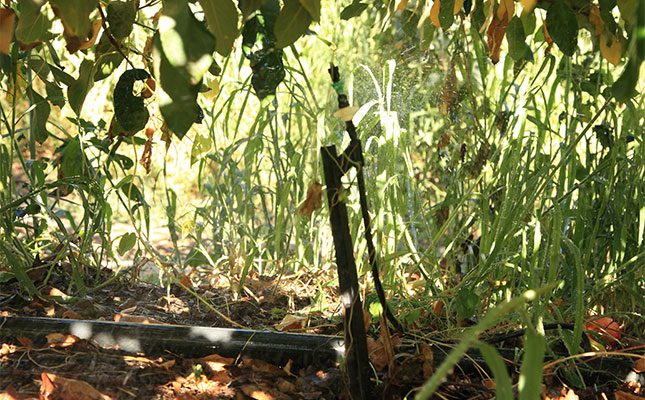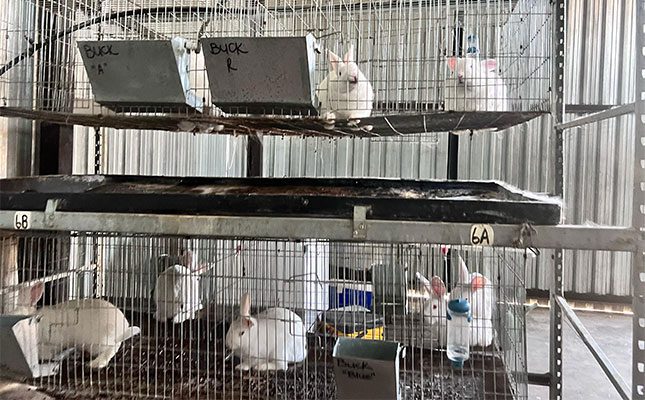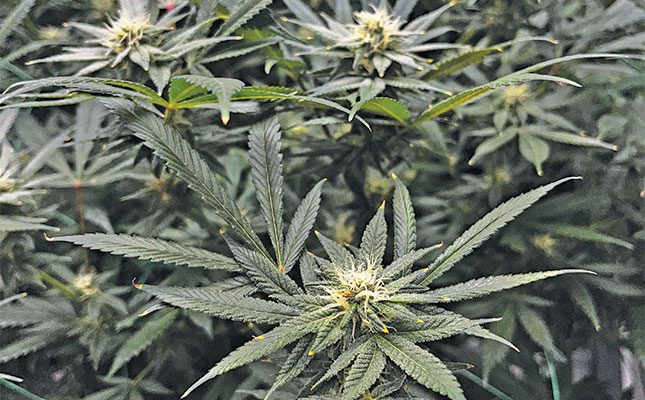
Photo: Wikimedia Commons
Rina Belcher breeds Saanen goats for cheesemaking at the award-winning Belnori Boutique Cheesery. She says milk quality and presentation can change due to various internal and external factors, and these influences affect the flavour and yield of any dairy milk.
Milk profiles are made up of taste, smell, and texture. The flavour can be sweet, acidic, or salty, while the smell is often described as fresh, tangy, or creamy. Texture, or ‘mouthfeel’, ranges from smooth to grainy.
“How housekeeping and feeding programmes are managed can mean the difference between crisp milk and musky, unpleasant milk,” explains Belcher.
Goat’s milk is known to contain higher levels of fatty acids, which are reflected in its strong aroma. It has an earthy finish and a slight tanginess, depending on how fresh it is.
To avoid excessive odour, it’s vital to separate goats by gender during rut. If bucks remain with does, the males’ strong pheromone-driven odours can be absorbed through the does’ coats and into their milk. The milk’s fat then carries the aroma, giving it a gamey flavour and scent.
Good hygiene and shelter upkeep go hand in hand with consistent milk quality. A clean milking environment is crucial: dirty bedding, equipment, or poor practices allow bacteria into the milk, causing sourness, bitterness, or reduced shelf life. Regular cleaning, fresh bedding, and immediate chilling of the milk help maintain a pleasant aroma and creamy texture.
Feeding programmes have one of the strongest impacts on the flavour and richness of goat’s milk. High-quality forage like lucerne, clover, and fresh pasture grasses produces sweet, mild milk with a smooth finish. Adequate protein and mineral supplementation are also essential for achieving optimal yield.
“What you put in, you get out. Quality feed ensures tasty milk, so you cannot take your flock’s diet for granted,” says Belcher.
Finally, Belcher explains how climatic conditions can affect milk production. Goats thrive in moderate temperatures, making the Highveld, where her farm is located, ideal. Extreme heat can cause heat stress, leading to reduced feed intake. It can also give the milk a sharper, tangy taste due to changes in the animals’ metabolism and hydration levels.
Cold conditions force goats to expend more energy to maintain their body temperature, thereby lowering their milk production.
Proper shade, ventilation, and protection from harsh weather help stabilise milk yield and ensure a clean, balanced flavour.
The production of fresh, palatable milk must be done with consideration of the internal and external factors that impact animal health and, thus, milk quality.











